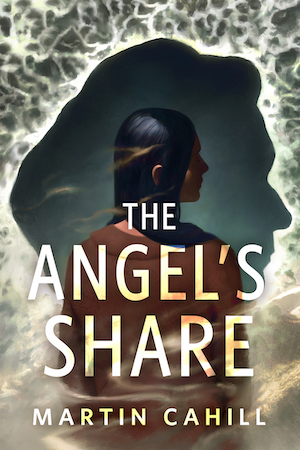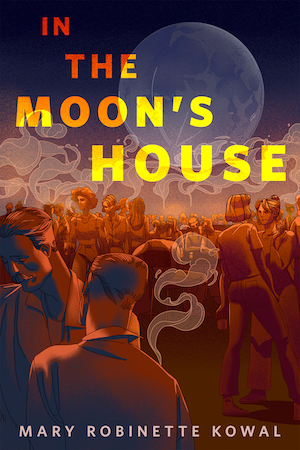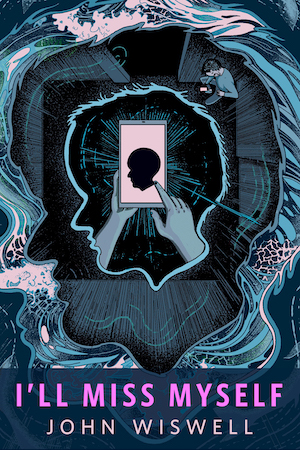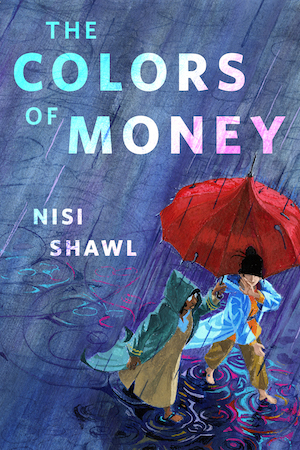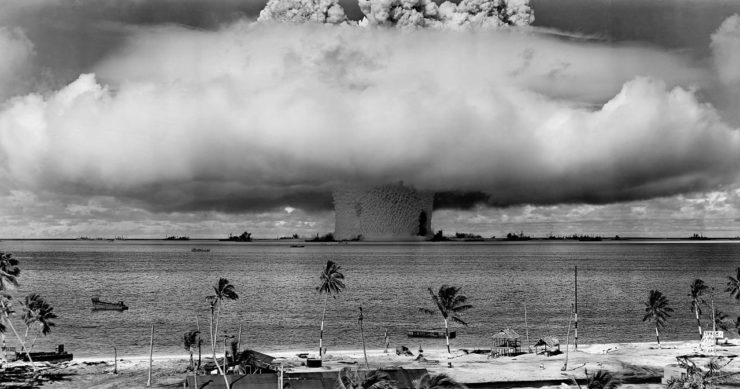While nostalgia has had a place in tabletop roleplaying games ever since the field was old enough to have second editions—remember when tabletop roleplaying game nostalgia was new?—the recent Twilight 2000 Kickstarter is remarkable for the speed at which the project hit its funding goals: just seven minutes, a bit longer than it would take missiles launched from the Soviet Union to reach Britain.
First published in 1984, Twilight 2000 took as its background a mid-1990s Soviet-Chinese conflict that spiraled into a global war when East and West Germany tried to use Soviet distraction to reunify. By 2000 all sides are too exhausted to continue. Most campaigns begin as the war stumbles to a chaotic, exhausted halt.
T:2000 might seem to be an odd game to be nostalgic about. Perhaps it is a reflection of the Jason Mendoza principle: “Anytime I had a problem and I threw a Molotov cocktail, boom! Right away, I had a different problem.”
Nuclear war might not be desirable but it certainly would be different from the issues facing us now.
As grim as it is, Twilight 2000 does offer this hopeful message: enough of human society survives World War Three that there are stories worth telling in that setting. To quote Maureen McGovern:
Here are five works about the world after the end of the world:
Karma by Arsen Darnay (1978)
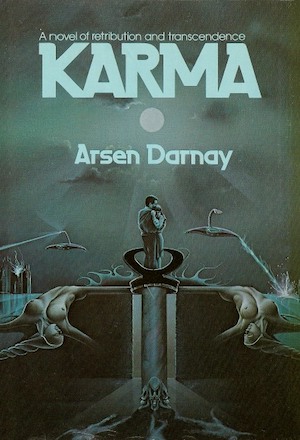
Fission power can save the world! Provided a solution is found to manage nuclear waste for thousands of years. Visionary Theodore J. Aspic III has a solution: manipulate dead people’s souls so that when they are reborn, they will be compelled to sequester and guard radioactive waste. This self-sustaining nuclear priesthood will ensure nuclear power’s future. What an entirely reasonable solution!
Alas, Aspic isn’t just a visionary. He is a vindictive obsessive who uses his command of reincarnation to get payback for sins committed against him in a previous life. Centuries after the Holocaustic War renders American industrial strategy moot, it falls to Aspic’s bitter enemy Jack Clark, having escaped his enemy’s trap and now reborn, to decide whether to walk away from the dispute or, by responding, guarantee yet more cycles.
***
The Shore of Women by Pamela Sargent (1986)
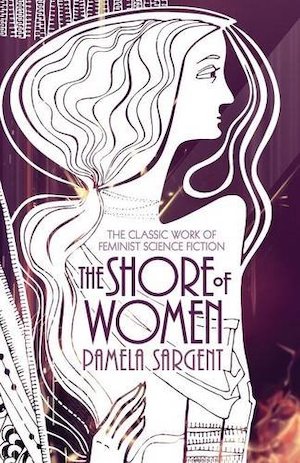
The world that arose after a world-destroying nuclear war is a segregated one. Women live inside well-guarded enclaves. Men live outside in the wilderness. Women have all the benefits of sophisticated technology. Men have all the benefits of an impoverished hunter-gatherer lifestyle. From time to time, men stray outside the lines of propriety by reinventing such things as villages and agriculture. Women provide gentle correction in the form of prompt, merciless extermination.
Exiled for her crimes, the woman Birana was supposed to provide a valuable moral example by dying a miserable death in the wilderness. Instead, she does the unthinkable: she forms an alliance with a man.
***
The Wall Around Eden by Joan Slonczewski (1990)
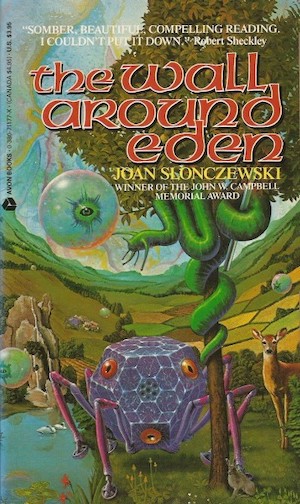
Gwynwood, Pennsylvania survived nuclear war thanks to the angelbees’ intervention. A ten-mile-wide dome of force separates Gwynwood from a post-holocaust hellscape. Outside the dome, nuclear winter, fallout, and searing UV have radically simplified ecosystems; only the exceptionally hardy survive. Within the dome, life goes on as before…within the material limits imposed by a small community only eighty square miles in extent, which is permitted some limited trade with other enclaves.
Why the alien angelbees saved a handful of communities is unknown. The Six Minute War began with spoofed ICBM radar signatures. Did the aliens deliberately murder most life on Earth to save a chosen few? Isobel and her husband Daniel set out to learn more about the entities who may be humanity’s saviors…or their persecutors.
***
Moon of the Crusted Snow by Waubgeshig Rice (2018)
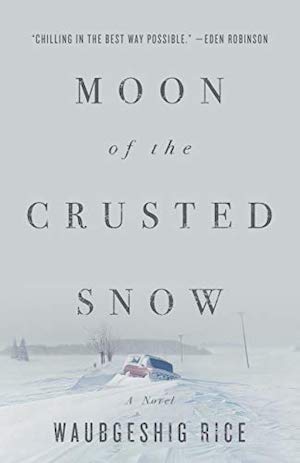
The Anishinaabe were relocated to the far north by Canadian governments who hoped that the pesky indigenes would just die off. But the isolated community has survived every catastrophe that has befallen them…including this last, the probable death of complex civilization. It’s not clear what has happened. All the community knows is that communications and electric power have failed. No more supplies may be coming. The south is eerily quiet.
The community has a generator, fuel, and a cache of stored food. They have traditional hunting skills. Will that be enough to survive the coming winter?
***
We Shall Sing a Song into the Deep by Andrew Kelly Stewart (2021)
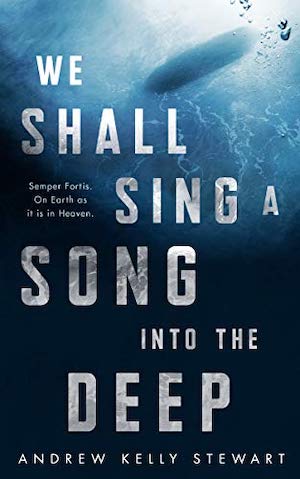
The submarine Leviathan survived the nuclear war that scoured the surface world. In the years since then, the nuclear submarine has patrolled the seas, sheltering the faithful who labour within it. The devout who call Leviathan home know that one day the final Judgement will come, the day when they will finally use their last SLBM to redeem the sinful Topsiders.
When necessary, Leviathan recruits new choristers from Topside. Many recruits are willing. Leviathan’s most recent acquisition is not. Forcibly kidnapped for her technical skills, the latest crewmember brings unwelcome news to the faithful: They may have fundamentally misunderstood the post-war world, and their great mission may in fact be deepest folly.
***
No doubt you have your own favourites. Perhaps you are even now fuming that I overlooked them. The comments are, as ever, below.
In the words of Wikipedia editor TexasAndroid, prolific book reviewer and perennial Darwin Award nominee James Davis Nicoll is of “questionable notability.” His work has appeared in Publishers Weekly and Romantic Times as well as on his own websites, James Nicoll Reviews and Young People Read Old SFF(where he is assisted by editor Karen Lofstrom and web person Adrienne L. Travis). He is a four-time finalist for the Best Fan Writer Hugo Award and is surprisingly flammable.


